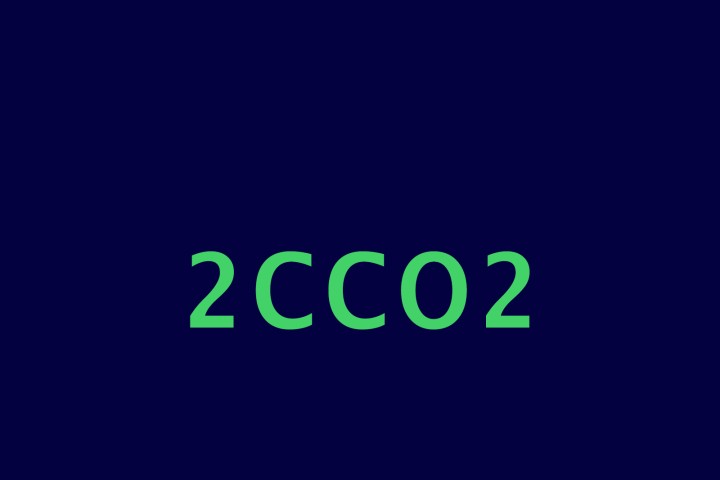2CCO2
Dual catalysis approach for the carboxylation of aliphatic olefins using CO2 as the carbon source.

CO2 is coupled to olefins to form key chemical building blocks (e.g. adipic acid, its esters..) by combining the Reverse Water Gas Shift reaction with olefin carbonylation in one pot. Instead of using one suboptimal catalyst for both reactions, two optimal catalysts are used, which are physically separated by using a zeolite catalyst for RWGSR. CO, formed as an intermediate, immediately reacts away to shift the RWGSR equilibrium, enabling RWGSR at unusually low temperatures.
This project aims at producing chemicals that incorporate a high fraction ( ³ 50 weight %) of CO2.The strategy is to reduce CO2 to CO with H2 and a solid catalyst at moderate temperatures (< 200°C), and to immediately consume the CO by coupling it in the same liquid phase reactor to other reactants, typically olefins like butadiene or ethylene. The equilibrium of the CO2 reduction (a.k.a. the ‘Reverse Water Gas Shift Reaction’, RWGSR) is unfavourable at low temperature; we can circumvent this limitation by withdrawing the CO from the equilibrium and coupling it to an olefin in a homogeneously catalysed reaction. Comparing with other routes for CO2 incorporation, our concept:
- needs only one H2 per CO2, while e.g. CH3OH production requires 3 H2 per CO2;
- works at much lower temperature (< 200 °C) than ‘classical’ CO2 hydrogenation.
Success in this high-risk approach will depend on (i) design of shape-selective catalysts for the RWGSR (KULeuven), (ii) use of innovative homogeneous catalysts that are efficient even at low CO pressures (UA), (iii) thorough insight of concentrations and traffic of CO2, CO, olefins ... in the system (VUB).
This strategy offers new routes, with highly improved CO2 footprint, to chemicals like for instance:
- adipic acid and its ester derivatives: adipic acid produced in this way will contain 60 mass% CO2;
- acrylic acid: coupling of CO2 to ethylene (via CO) gives propanoic acid, which in a subsequent step can be dehydrogenated to acrylic acid, containing again 61 mass% of CO2.
Such a concept can be highly appealing for
- producers of adipic acid, acrylic acid, other carboxylic acids, looking for routes valorizing CO2;
- producers of polyamidefibers (e.g. Nylon-6,6): they can get access to CO2 based feedstock;
- producers of an array of polyesters, polyols (and polyurethanes) that are adipate based; etc.